[Chiba] Tour the historical spots of Onjuku Town! A day trip with a walking itinerary
![[Chiba] Tour the historical spots of Onjuku Town! A day trip with a walking itinerary](https://resources.matcha-jp.com/resize/720x2000/2025/03/18-228437.webp)
Onjuku Town in Chiba Prefecture is known as the birthplace of the children's song "The Desert of the Moon." In this article, we will introduce a model walking course that will allow you to enjoy the beautiful coastline of Onjuku Town, as well as learn about history while walking from the Desert of the Moon Memorial Park to Mexico Memorial Park and the Desert of the Moon Memorial Museum.
The journey takes 3 hours.
Why not take a leisurely stroll through the seaside town , taking in the different scenery and smelling the sea breeze ?
What kind of place is Onjuku Town in Chiba Prefecture?
Onjuku Town is located in the southeast of Chiba Prefecture. Facing the Pacific Ocean, the town has a 2km stretch of pure white sandy beach, which is crowded with many beachgoers every year.
It takes about an hour and a half to get there from Ukishima IC, the entrance to the Aqua-Line, making it a perfect spot for a day trip.
Onjuku Town is also famous as a producer of spiny lobsters, and is garnering attention as a gourmet town where you can eat fresh spiny lobster dishes and seafood.
5 minute walk
30 minute walk
![[Chiba] Tour the historical spots of Onjuku Town! A day trip with a walking itinerary](https://resources.matcha-jp.com/resize/720x2000/2025/03/18-228405.webp)
![[Chiba] Tour the historical spots of Onjuku Town! A day trip with a walking itinerary](https://resources.matcha-jp.com/resize/720x2000/2025/03/18-228408.webp)
The beautiful blue scenery is so beautiful that it's hard to tell where the sky and sea meet, and it's a spectacular view you'll never forget once you've seen it!
25 minute walk
1 minute walk
Moon's Desert Coastline
![[Chiba] Tour the historical spots of Onjuku Town! A day trip with a walking itinerary](https://resources.matcha-jp.com/resize/720x2000/2025/03/18-228414.webp)
After visiting the Tsuki no Sabaku Memorial Museum and buying souvenirs, it's time to soak in the afterglow of Onjuku. There is a bench on Tsuki no Sabaku Kaigan Road in front of you, so sit down here and burn the view of the sea of Onjuku into your memory before heading home! You will also feel soothed by the different sea view.
Access to Onjuku from Tokyo
From here, we will introduce two ways to get from Tokyo to Onjuku using public transportation. We will also explain in detail the budget and travel time required.
Access by bus
The first way is to take a direct bus from Tokyo. From the Tokyo Yaesu bus terminal, it takes about 2 hours 15 minutes to 30 minutes to get there. The fare is reasonable, about 2,100 to 2,500 yen per adult one way.
Access by train
The second way is to travel by JR's "Wakashio Limited Express".
The Wakashio Limited Express is a limited express train that can be boarded from Tokyo and Soga stations. It starts from the Keiyo Line platform at Tokyo Station, and it takes about 1 hour and 30 minutes to get from Tokyo Station to Onjuku Station.
The one-way fare from Tokyo to Onjuku Station is 3,560 yen. As of March 2024, all seats on the Wakashio Express have been reserved, so be sure to purchase a reserved seat ticket before boarding.
Spots introduced in this itinerary
Onjuku is a small town located in the southeast of Chiba Prefecture, east of the Boso Peninsula. The climate is warm throughout the year. The coast is a representative Boso beach that is visited by many beachgoers every year, with a pure white sand beach stretching for about 2 km. It is also known as the birthplace of the children's song "Tsuki no Sabaku" (Desert of the Moon). Also, about 400 years ago, in 1609, the ship San Francisco ran aground in a storm off the coast of Tajiri, Iwawada Village. The villagers of Iwawada Village came together to rescue the frozen crew, warming them with their bare skin and generously providing them with clothing and food, and it is said that they saved the lives of 317 of the 373 crew members.
The contents on this page may partially contain automatic translation.


























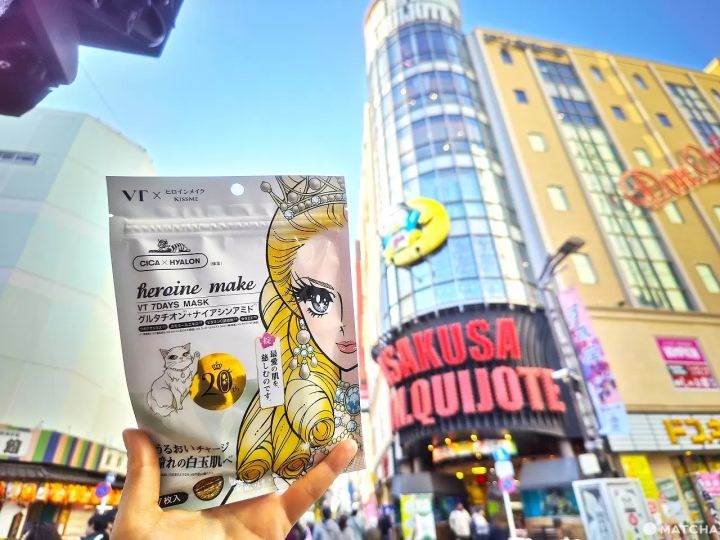

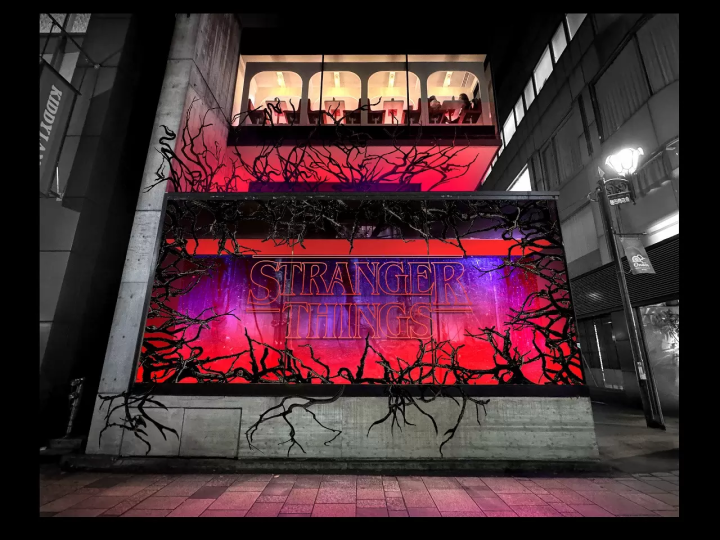
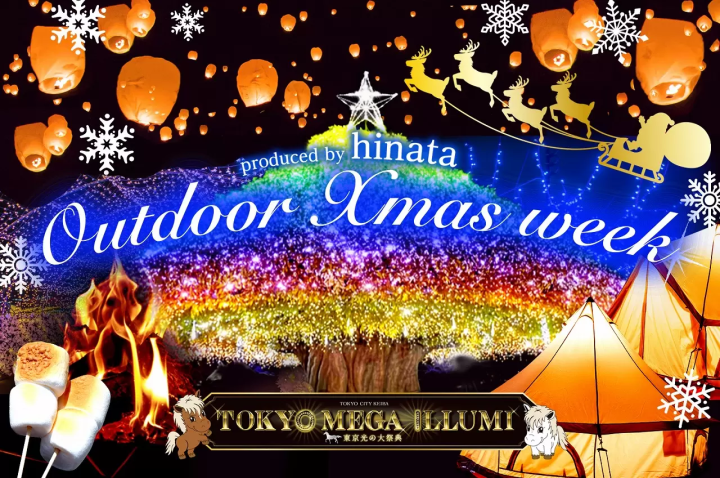
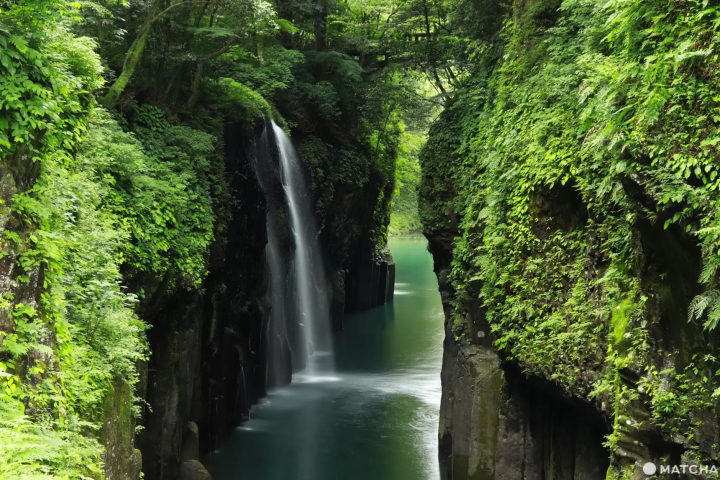





![[2026 Edition] FORMUAL 1 JAPANESE GRAND PRIX Information](https://resources.matcha-jp.com/resize/720x2000/2025/10/05-245984.webp)
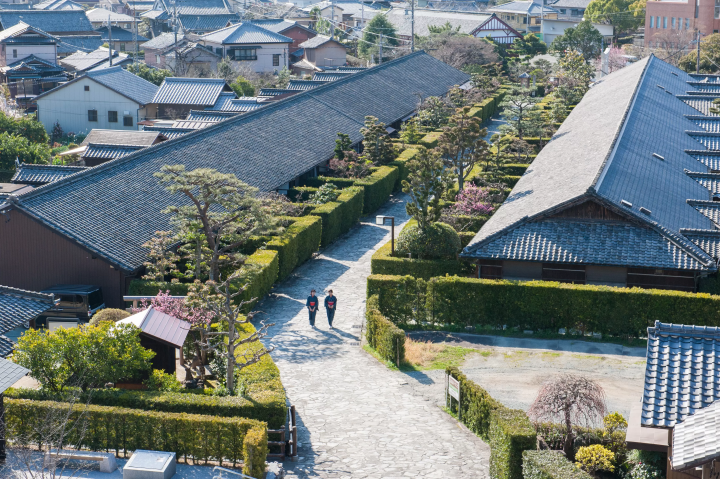
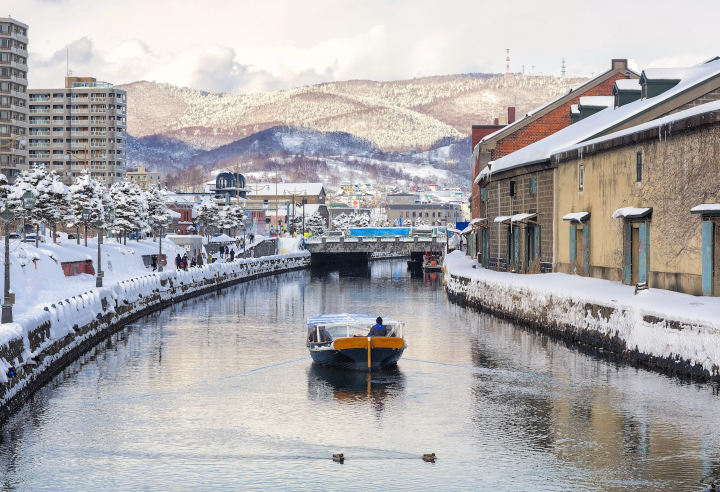
![[2025 Update] Namba's spectacular illuminations! "Namba Hikari Tabi" with approximately 1 million shining lights](https://resources.matcha-jp.com/resize/720x2000/2025/12/12-252825.webp)